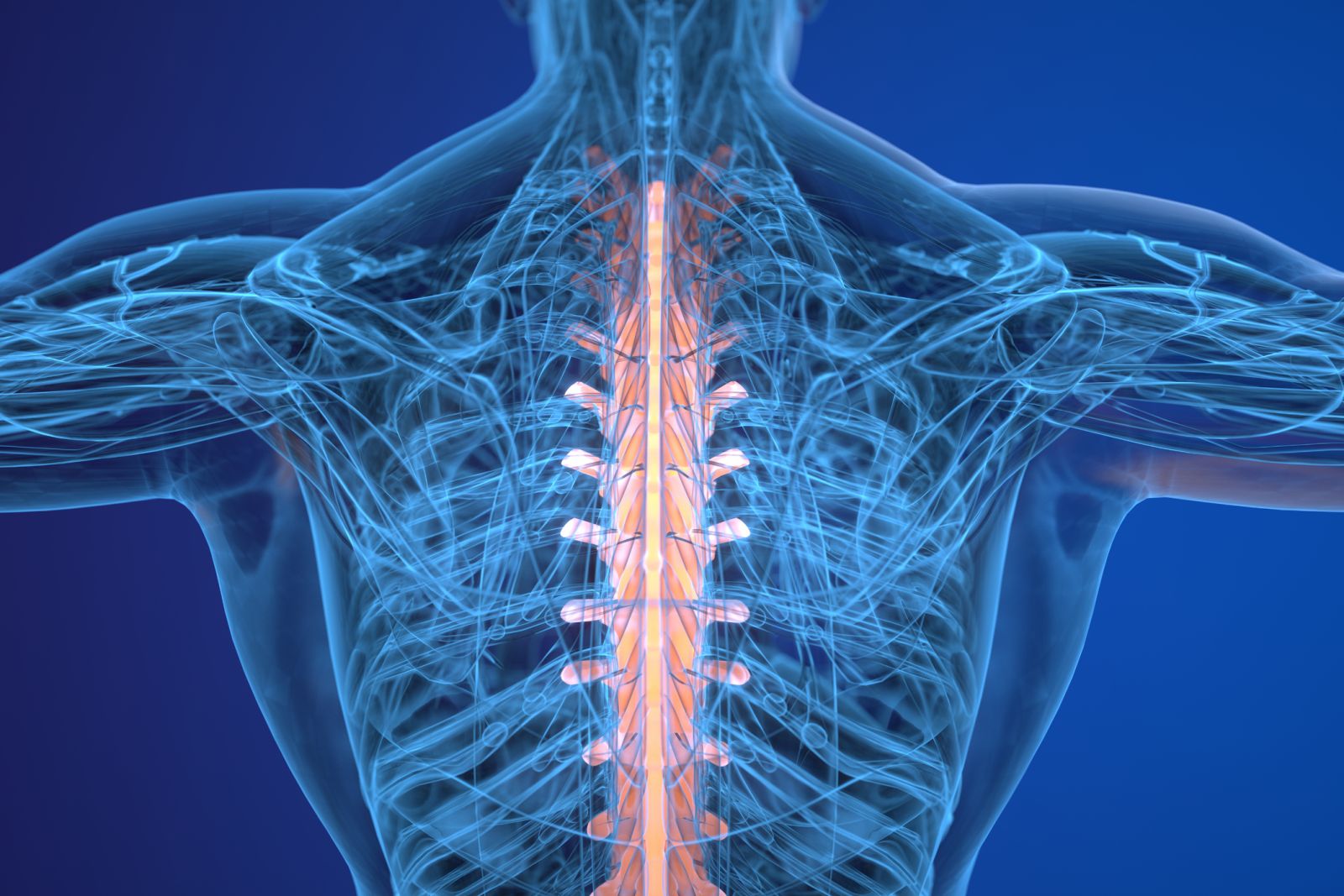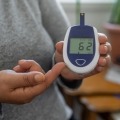Study Shows Spinal Cord Stimulation Relieves Painful Diabetic Neuropathy
By April Hopcroft
 A two-year study showed that Nevro’s HFX spinal cord stimulator led to long-lasting pain relief, as well as better quality of life and sleep, for people with diabetic neuropathy.
A two-year study showed that Nevro’s HFX spinal cord stimulator led to long-lasting pain relief, as well as better quality of life and sleep, for people with diabetic neuropathy.
Diabetic peripheral neuropathy (DPN) is a diabetes complication that results from damage to nerves in the hands, feet, and other extremities due to high blood sugar. Symptoms of DPN include numbness, tingling, and for some, significant pain.
While current treatments for painful DPN are limited to medication, newer spinal cord stimulation devices may provide longer-lasting pain relief with fewer side effects.
A recent study of Nevro’s HFX device showed that pain relief lasted for up to two years. Participants also saw significant improvements in quality of life, sleep, and neurological function.
These findings are especially encouraging given that the Centers for Medicare and Medicaid Services (CMS) expanded coverage for SCS devices to all 50 states in July 2023.
What is Nevro HFX and how does it work?
Nevro HFX is a type of spinal cord stimulation (SCS) system that operates at high frequency. In 2021, the HFX implant was the first to receive FDA approval for treating painful DPN.
Since then, several other SCS systems have been approved for painful DPN, including Medtronic’s Intellis and Vanta, and DyAnsys’ noninvasive First Relief.
One patient who has benefitted from SCS devices is Alice Ortiz, who lives with type 2 diabetes on a 10-acre farm where she cares for cows, chickens, and goats. Ortiz said Nevro HFX has helped her “get her life back, be happy, and sleep at night.” Not only did Ortiz experience pain relief in her legs, but she also saw reductions in lower back pain.
Prior to using Nevro HFX, Ortiz tried different medications without any success, including gabapentin, Lyrica (pregabalin), and Cymbalta (duloxetine). The medications provided little pain relief while causing a variety of side effects including drowsiness, dizziness, and nausea.
As an avid traveler with a passion for cruises and road trips, Ortiz said DPN made it challenging for her to do the things she loved.
“It felt like my life was slipping away,” Ortiz said. “I missed graduations, road trips, family events. I couldn’t go because I couldn’t take the pain in my legs. I lost all of that.”
Ortiz said the insertion procedure of the Nevro HFX was simple and that she didn’t notice any side effects from the device. As with any surgery, she had some pain during the first week, but nothing compared to the pain of her DPN. While the HFX device does require charging, Ortiz said this isn’t a major inconvenience; it takes just 15 minutes and can be done wirelessly while she watches TV at night.
After starting HFX, Ortiz noticed immediate pain relief and was able to resume her travels and family activities. She also noticed improvements in her mood.
“Now my whole life has changed, I am the happiest person you can imagine,” Ortiz said. “I travel, I love cruising, it’s my hobby…I’m really close with my family, so I did miss out on a lot.”
SCS systems show pain relief and quality of life improvements
Funded by Nevro, the spinal cord study included 216 people with painful DPN who hadn’t been responding to usual treatment with medication. On average, participants were 61 years old, had lived with diabetes for about 11 years, and had DPN for nearly six years.
Nevro’s SCS device reduced lower limb pain by an average of 80%, as measured on a visual analog scale. Overall, 90% of patients experienced more than 50% pain relief. Beyond these measures, participants also saw improvements in quality of life and sleep.
Significantly more patients who received the SCS device experienced improvements in sensory, motor, and reflex function compared to those in the control group. With greater mobility and sensory function, people with DPN may be better able to exercise, which could in turn help with blood sugar and weight management.
In terms of safety, the number of serious adverse events was very low, with no neurological damage due to SCS. While a small number of participants developed an infection (5%), this percentage was similar to that seen in other studies of SCS. Together with data from the initial SENZA-PDN trial, this new research suggests that Nevro HFX provides long-lasting pain relief for people with DPN with few side effects.
Medicare recently expanded SCS coverage
In July 2023, the Centers for Medicare and Medicaid Services (CMS) expanded coverage of SCS, providing nationwide access to these devices.
The expansion to Arkansas, Colorado, Delaware, Florida, Louisiana, Maryland, Mississippi, New Mexico, New Jersey, Oklahoma, Pennsylvania, and Texas, along with Washington D.C., means additional access for roughly 11 million people.
With this change, an estimated 35 million Medicare beneficiaries across the U.S. have access to SCS for the treatment of painful DPN. This is especially important now that the long-term benefits of SCS have been established in Nevro’s study and other analyses.
For anyone interested in using HFX, Nevro allows you to do a week-long trial before committing to it. Before trying a new therapy for painful diabetic neuropathy, it’s important to speak with a healthcare professional first to see if the therapy is right for you.
Learn more about neuropathy and diabetes here:







